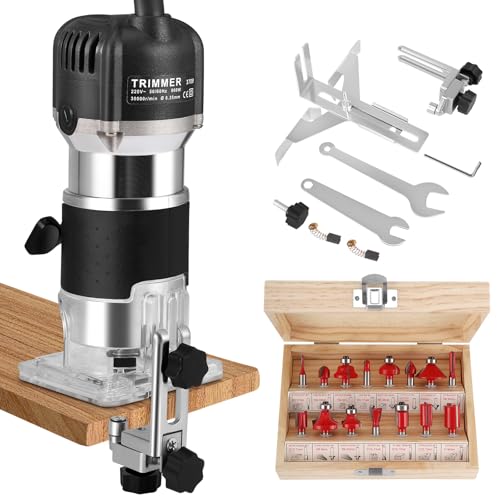A lot of excellent advice here, which you can adapt to your own situation. My own experience is at Director level in starting, managing and growing small businesses, some from zero; one went public, two went bust and the latest one is at 32 employees and looking very good. Though this is in the scientific/engineering field the business fundamentals apply all round. When I was in the USA starting up a subsidiary (of the one that went public) I joined a group of small business CEOs for discussion and advice of mutual problems, with an experienced mentor. The group included a couple of 'high science' companies, a small accountancy group, an undertaker, a florist and yes, a kitchen cabinet maker. Hardly any of the discussions or topics was irrelevant.
Really, the choices you have are expansion, which include increased productivity by scaling, or keeping around the same size but increasing margins. Just staying still is only rarely an option (e.g. Morgan cars).
You have made a really good start by identifying your work flows. You do have to get timings in somehow, or you do not know where the productivity bottlenecks are. I heartily second those who have urged you to involve your staff. They may well know how to do things smarter (hence faster and cheaper), and anyway you need them on your side.
Then you need to work on your costs, as every improvement in yield goes into the bottom line. This should not involve loss of quality, but a big item will be purchasing of materials; worth spending good quality time on sourcing and negotiating supplies.
Investment on machinery is good if - and only if - it can be paid for by increased production or lower ongoing costs. The CNC machine you already have is a good example. You can look at each machine purchase with those eyes.
I would urge you never to stint on training, or indeed on any management activity that allows others to take over one of your tasks and allows you to develop the next stage.
all the best!
Keith
Really, the choices you have are expansion, which include increased productivity by scaling, or keeping around the same size but increasing margins. Just staying still is only rarely an option (e.g. Morgan cars).
You have made a really good start by identifying your work flows. You do have to get timings in somehow, or you do not know where the productivity bottlenecks are. I heartily second those who have urged you to involve your staff. They may well know how to do things smarter (hence faster and cheaper), and anyway you need them on your side.
Then you need to work on your costs, as every improvement in yield goes into the bottom line. This should not involve loss of quality, but a big item will be purchasing of materials; worth spending good quality time on sourcing and negotiating supplies.
Investment on machinery is good if - and only if - it can be paid for by increased production or lower ongoing costs. The CNC machine you already have is a good example. You can look at each machine purchase with those eyes.
I would urge you never to stint on training, or indeed on any management activity that allows others to take over one of your tasks and allows you to develop the next stage.
all the best!
Keith
































